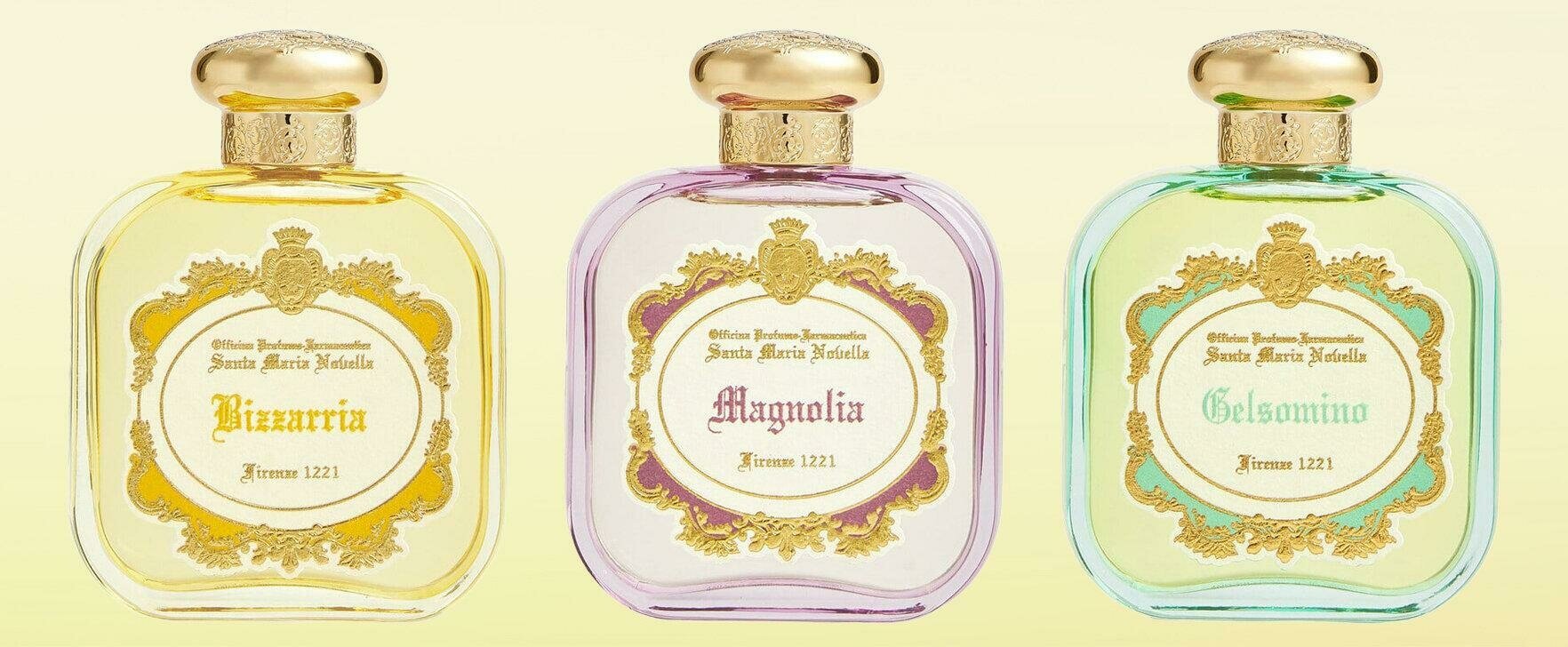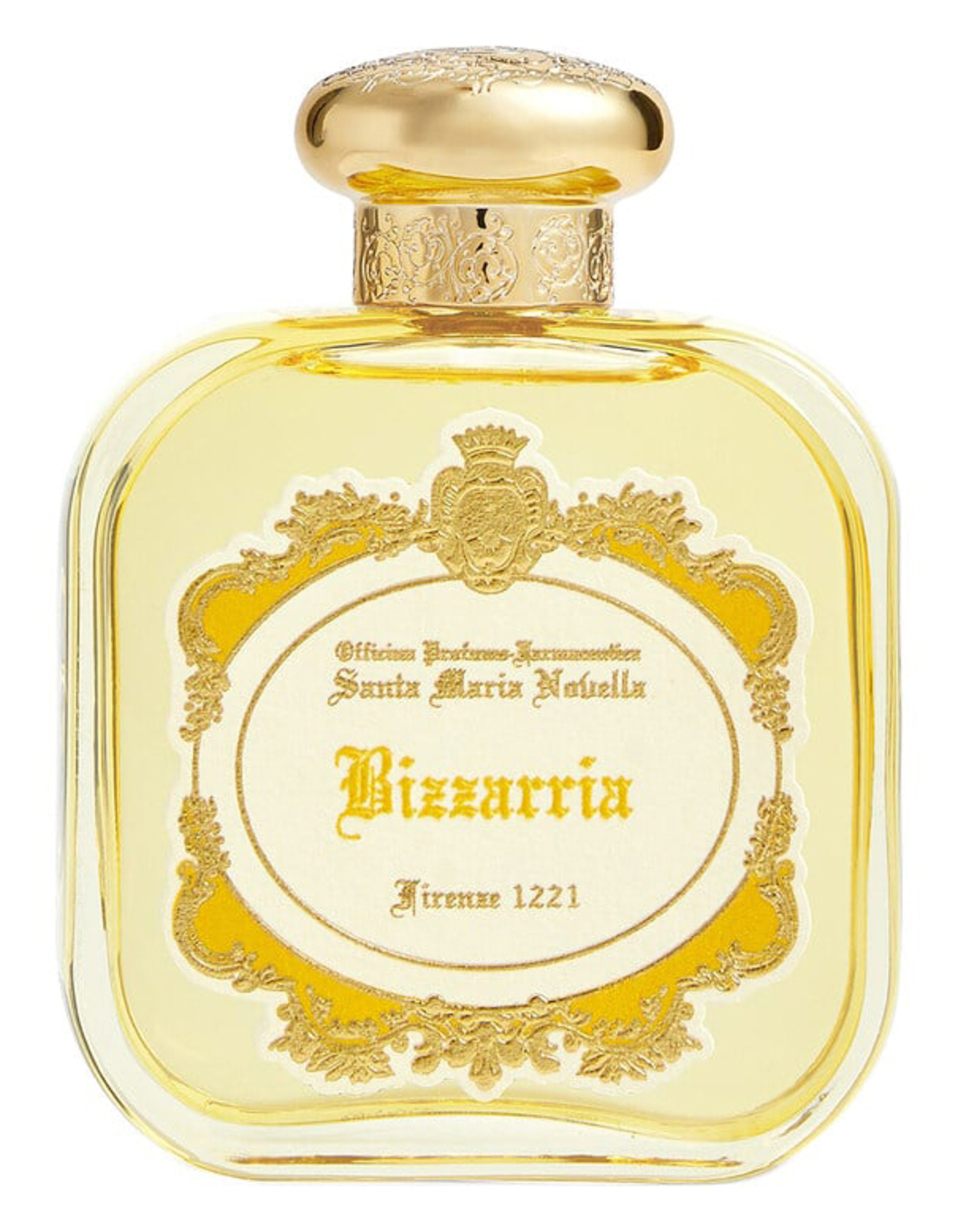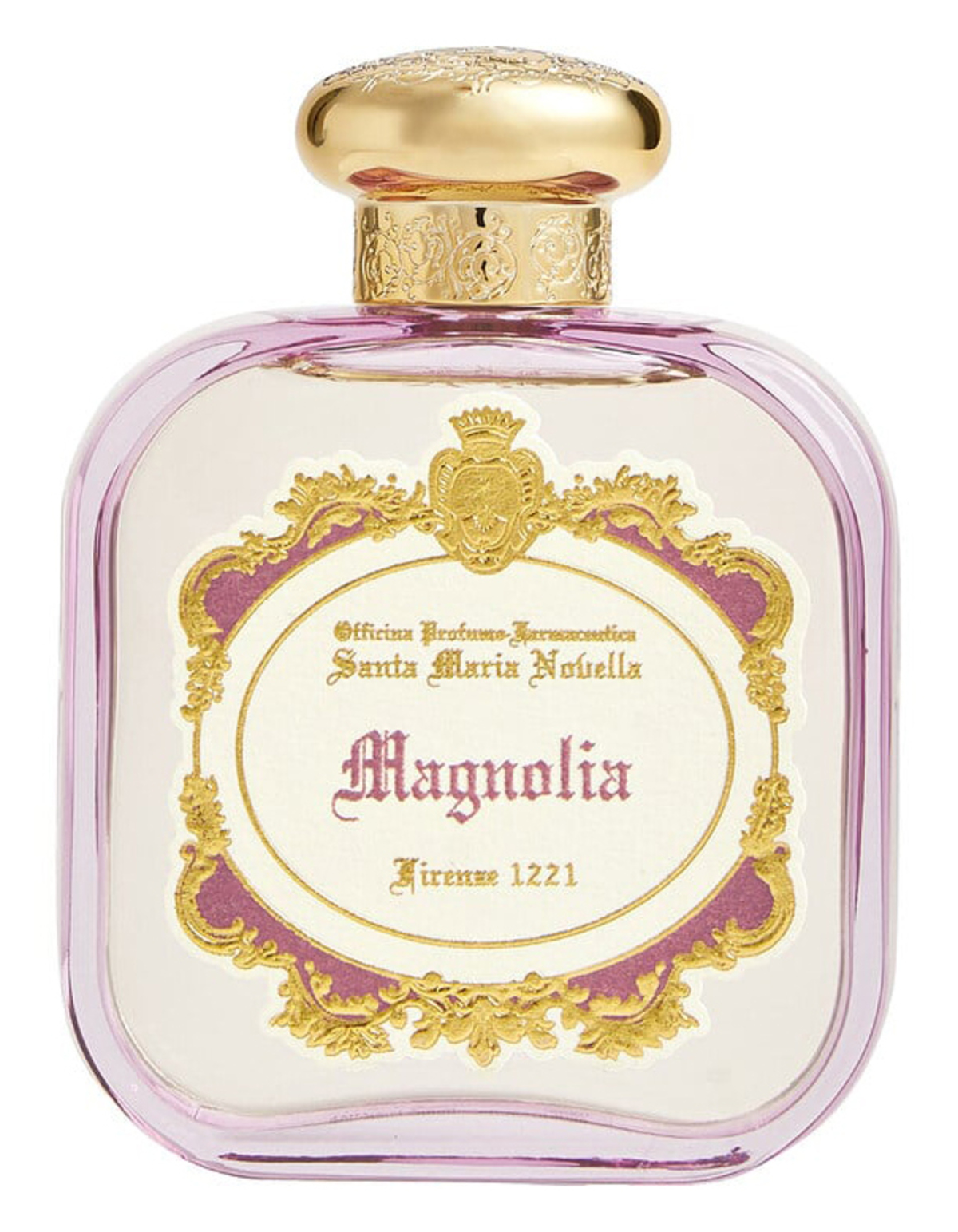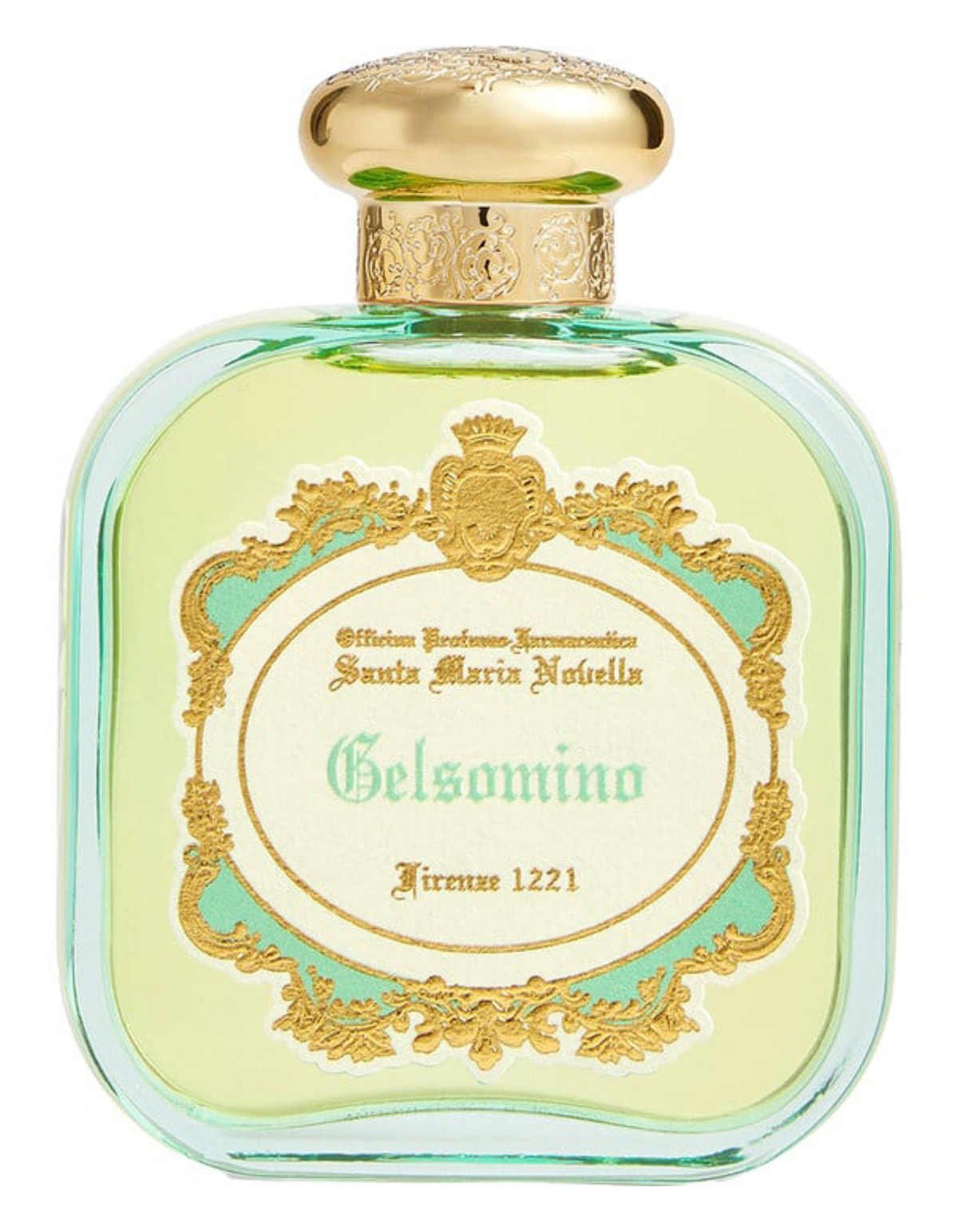
A Scented Journey Through the Italian Renaissance Gardens: "Bizzarria", "Magnolia" and "Gelsomino"
Italian niche fragrance brand Santa Maria Novella is expanding its "Eau de Parfum" collection with three new additions inspired by the Medici Gardens.
A tribute to our botanical origins and the heritage of the Medici Gardens, a hidden Florentine jewel. A new eau de parfum collection. A new expression of an authentic heritage. Be ready for a story that has never been told before.
Santa Maria Novella
Bizzarria
The fragrance opens with a citrusy bizzaria note, accompanied by Nepalese Szechuan pepper and the delicate nuance of neroli. At the heart, orange blossom absolute lends a gentle sweetness, while ginger and davana provide a stimulating spiciness. A warm, woody base note of cedar and musk completes the composition.

Bizzarria Eau de Parfum is a hymn to uniqueness: Bizzarria never chooses just one form, but creates a new one each time for each of its unique fruits.
Santa Maria Novella
„Bizzarria“ was created to combine the tangy hesperid notes with warm woody nuances. Although the citrus plant 'Citrus Bizzarria' has the genetic characteristics of bitter orange, it bears both bitter orange and citron fruits. Originally discovered in the 17th century in the Medici gardens, it was forgotten for a long time until it was accidentally rediscovered in 1980 in the botanical greenhouses of Villa Medicea di Castello.
Magnolia
The first sprinkles exude floral notes of white rose and geranium. Then the evergreen magnolia combines with champaka absolute and jasmine sambac absolute in the heart of the composition. A warm accord of amber and musk completes the fragrance experience.

With its unusual ability to cross eras and adapt to different environments while maintaining its specificity, it stimulates us to think about the concept of time. A rare talent that recalls the own history of Officina Profumo-Farmaceutica di Santa Maria Novella.
Santa Maria Novella
„Magnolia“ is a tribute to the magnolia (Magnolia grandiflora), a majestic evergreen tree with a long history dating back to prehistoric times. A specimen of Magnolia grandiflora also decorates the façade of Villa Medici di Castello. This tree species arrived in Florence in the 18th century and was soon cultivated by the Medici family.
Gelsomino
The fragrance opens with a tangy mix of bergamot, tangerine and pink pepper. The heart note reveals the floral aroma of jasmine sambac absolute, complemented by rose geranium and the sweet nuance of ylang ylang. Cedarwood and musk then introduce a woody and warm note that gives depth to the fragrance.

Jasmine, which appealed to the Grand Duke's senses, belonged to a special variety brought from Goa in 1688. Because it resembled a small rose rather than a classic jasmine, Grand Duke Cosimo III had a special greenhouse built and banned its cultivation throughout the kingdom.
Santa Maria Novella
„Gelsomino“ is a tribute to the story of Cosimo III de' Medici and his 'Stufa dei Mugherini' - a greenhouse where the Tuscan Grand Duke housed the rare Indian jasmine variety. The jasmine was allowed to be grown only by the duke's botanists.
The three new fragrances join the floral powdery scent „L’Iris" from 2022 in Santa Maria Novella's "Eau de Parfum" collection.
Santa Maria Novella
The origins of Santa Maria Novella date back to 1221, when Dominican monks in Florence used herbs and flowers from the namesake monastery garden to make fragrant essences and remedies. This traditional manufacturing method has been preserved and refined over the centuries. In 1533, Catherine de Medici took her perfumer Renato Bianco to France. From there, the fragrances of the Italian niche brand conquered the whole world.
The new fragrances are available in bottle sizes of 50 ml and 100 ml.


 Mikayla
Mikayla
